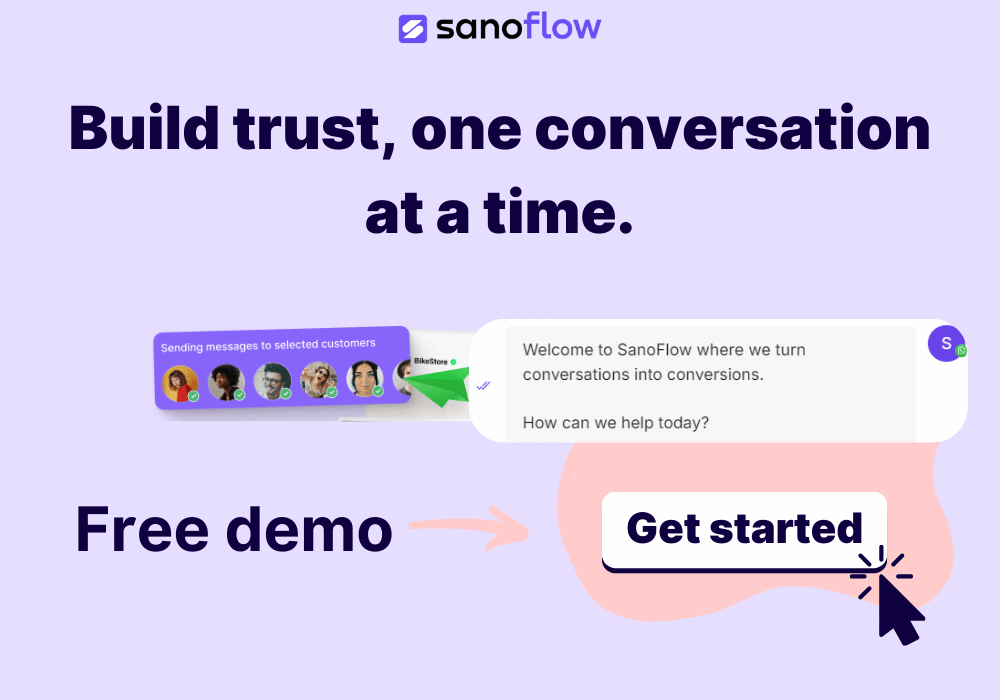Getting accurate analytics from your WhatsApp ad campaigns is essential. It helps you understand what’s working and what isn’t. This way, you can make your campaigns more successful. Sometimes, though, your analytics might not tell the whole story. Misleading data can make it tough to see the real impact of your ads, leading to wasted resources and missed opportunities.
Common issues can include metrics that don’t add up, inconsistent data, or tracking errors. If you notice any of these, you’re not alone. Many businesses encounter similar challenges. By focusing on fixing these inaccuracies, you can improve the performance and reliability of your ad campaigns.
Identifying Inaccuracies in WhatsApp Ad Analytics
Spotting misleading data in your ad analytics can feel tricky, but there are clear signs to watch for. One of the most telling is when numbers just don’t seem to line up across different metrics. For instance, if clicks and engagement rates don’t tally with what you’re seeing in sales or other business outcomes, that’s a red flag.
To confirm if your data is misleading, cross-check it with data from other tools. Make sure to compare figures across various platforms or sources you’re using. Align your ad analytics with your overall business metrics to see if they’re painting the same picture.
If your data has discrepancies, it might point to issues like problems with tracking pixel installation or incorrect goal configurations. One practical step is to review your tracking setup. Another is to periodically test your tracking tools and ensure they are working properly.
Ensuring Accurate Data Collection
Collecting accurate data is key to reliable analytics. Start with setting up tracking properly. Make sure tracking codes are installed correctly on the necessary pages and that they’re functioning smoothly.
Aligning your tools with your campaign goals helps, too. Know what you’re tracking: are you looking at page views, conversion rates, or cost per click? Each campaign goal needs specific tracking measures, so define these clearly from the start.
Capture data in real-time to help detect errors as they happen. Regularly reviewing your tracking setup can prevent inaccuracies before they affect your broader analysis. Remember, a well-configured system not only provides accurate data but also allows you to adjust your strategies with confidence.
Techniques to Verify Data Accuracy
Keeping your ad analytics accurate involves more than just setting up tracking systems. Regular checks are crucial. Performing audits of your analytics tools helps spot errors and keep your data reliable. You might want to schedule these audits monthly or quarterly, depending on how often you run campaigns. Testing your ads manually offers another layer of assurance. When you manually click an ad and track its journey, you can confirm if the data matches your expected outcomes.
Here are some practical approaches to ensure your data stays on track:
– Conduct Regular Audits: Set a routine schedule for checking all analytic tools and platforms.
– Test Ads Manually: Run manual tests to ensure that ads are reaching the right people and gathering expected data.
– Compare Cross-Platform Data: Whenever possible, use separate platforms to track similar metrics and compare results.
Steps to Correct Misleading Analytics
When analytics data creates confusion, taking corrective actions is necessary. Start by adjusting your tracking codes. Ensure they are correctly placed on every desired page. Misplaced or broken codes can cause inaccurate data collection. Consider adopting third-party verification tools to cross-check your internal results. These tools add an extra layer of validation.
It’s equally important to regularly review and update your campaign parameters. Whether it’s adjusting your audience targeting or modifying the ad content, campaign parameters need to be up-to-date and accurate to reflect changes in strategy or business goals.
Here’s a straightforward plan to tackle misleading data:
1. Adjust Tracking Codes: Verify placement and function on all key pages.
2. Use Verification Tools: Employ third-party tools to validate the accuracy of your data.
3. Review Campaign Parameters: Regularly check and update parameters to align with current objectives.
Bridging the Gap with Reliable Analytics
With accurate data, you can see the real value of your ad campaigns. The benefits include improved targeting, better allocation of resources, and boosted return on investment. Accurate data gives you confidence in your marketing strategies and decisions. When you understand which ads drive success, you can replicate winning tactics in future campaigns.
Reliable analytics also streamline communication within teams. Teams can better collaborate when they have a clear understanding of the campaign’s performance. The numbers tell a coherent story, making it easy to pinpoint which strategies work and which don’t.
Building Trust in Your Campaign Data
Establishing trust in your analytics takes time and consistency. Start by maintaining strong data integrity practices long-term. Encourage your marketing team to follow standard procedures for data collection and interpretation. Building a routine around these practices helps avoid misunderstandings and ensures everyone is on the same page.
Embed an environment where accuracy is a shared responsibility. Ensure that your team understands the importance of reliable data and engages in regular training sessions. This kind of culture not only fosters trust externally with your audience but also internally within your marketing team.
When you prioritize accurate data, your strategies have a solid foundation. By taking deliberate steps in your analytics process, you’re well-prepared to make informed, effective marketing decisions.
Looking to improve your WhatsApp ad campaign analytics and make data-driven decisions? Sanoflow offers the tools you need to ensure reliable and accurate insights, helping you maximize efficiency and strategic planning. Explore how we can support your next campaign today.






